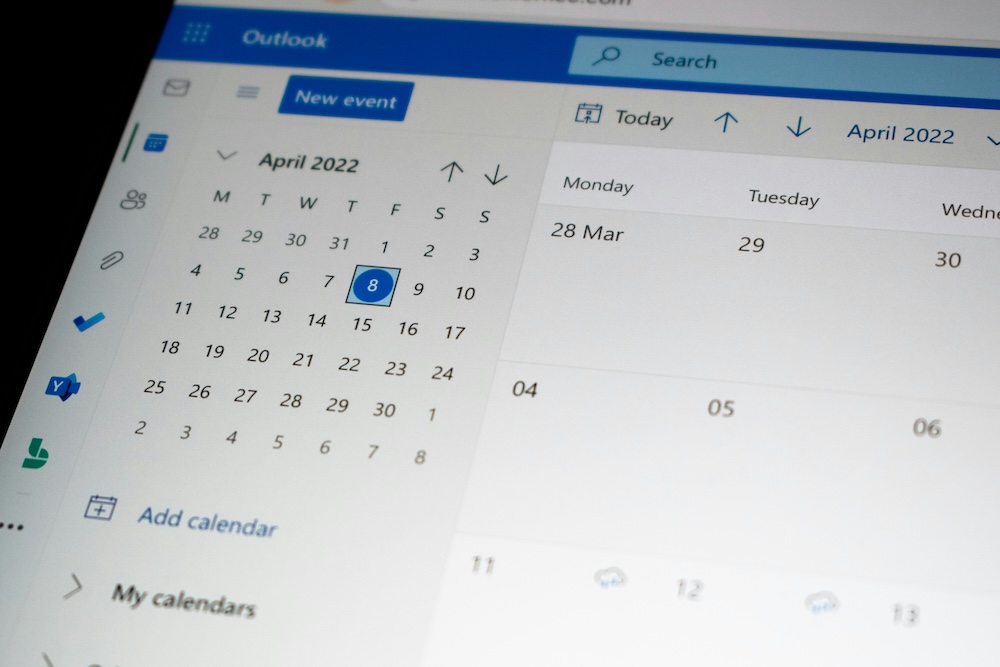How to Keep Your Microsoft 365 Environment Secure: 5 Best Practices
Cybercrime is predicted to cost businesses $9.5 trillion in 2024. However, most cyber attacks are preventable with good cyber hygiene. By following these five best practices, you can keep your Microsoft 365 environment secure and protect your business from cyber threats.
1. Use Multi-Factor Authentication (MFA)
What is MFA?
Multi-Factor Authentication (MFA) adds an extra layer of security by requiring users to verify their identity through multiple methods, such as a password and a one-time code sent to their phone.
Why is it important?
Using MFA can reduce the risk of cyber attacks by 99.2%. Despite its effectiveness, only 22% of Microsoft customers use it, primarily due to lack of awareness or the perception that it will impact productivity.
How to implement MFA:
- Basic method: Use SMS, voice, or email for MFA. These are common but less secure.
- Better method: Use authenticator apps that generate one-time passcodes on your phone.
- Best method: Use biometrics (fingerprints, facial recognition) or security tokens for the highest level of security.
2. Apply Zero-Trust Principles
What is Zero-Trust?
Zero-Trust means assuming no one inside or outside your network is trustworthy. Every user and device must be verified before access is granted.
Why is it important?
This approach limits the damage a hacker can do if they gain access to one account by restricting access to only what is necessary.
How to apply Zero-Trust:
- Limit the number of administrators.
- Assign access levels based on user roles.
- Regularly review and update permissions to ensure they are still necessary.
3. Use Managed Detection and Response (MDR)
What is MDR?
MDR extends the capabilities of traditional endpoint detection and response (EDR) to include monitoring of cloud services and other parts of your IT environment. MDR also includes a backend SOC (Security Operations Center) manned 24/7 for realtime analysis and redmeidation of unauthorized activity.
Why is it important?
As more data moves to the cloud, it’s crucial to have broader security measures that cover all aspects of your IT infrastructure.
How to use MDR:
- Deploy MDR alongside your existing security tools.
- Reduce the number of alerts by filtering out noise, focusing on real threats.
- Work with a MDR vendor who regularly updates security protocols to address new threats.
4. Stay Up-to-Date
Why are updates important?
Keeping your software up-to-date is essential to fix vulnerabilities that cybercriminals can exploit. Microsoft releases updates on the second Tuesday of every month, often including critical security patches.
How to stay up-to-date:
- Enable automatic updates for all software.
- Use Remote Monitoring and Management (RMM) tools to monitor your systems and ensure updates are applied promptly.
5. Understand How to Protect Your Data
Why is data protection important?
Not all data requires the same level of security, and each business has unique needs. It’s crucial to understand which data is most sensitive and apply appropriate security measures.
How to protect your data:
- Collaborate with your IT provider to assess your data protection needs.
- Reduce the number of applications in use to improve visibility and control.
- Restrict access to sensitive data, limiting it to only those who need it.
Managed IT Services Based in Austin, TX
By following these best practices, you can significantly reduce the risk of cyber attacks on your Microsoft 365 environment. Implementing strong security measures not only protects your data but also ensures the continuity and success of your business.
If you have any questions or need assistance in implementing these practices, please contact us. We're here to help you stay secure and thrive in the digital age.






